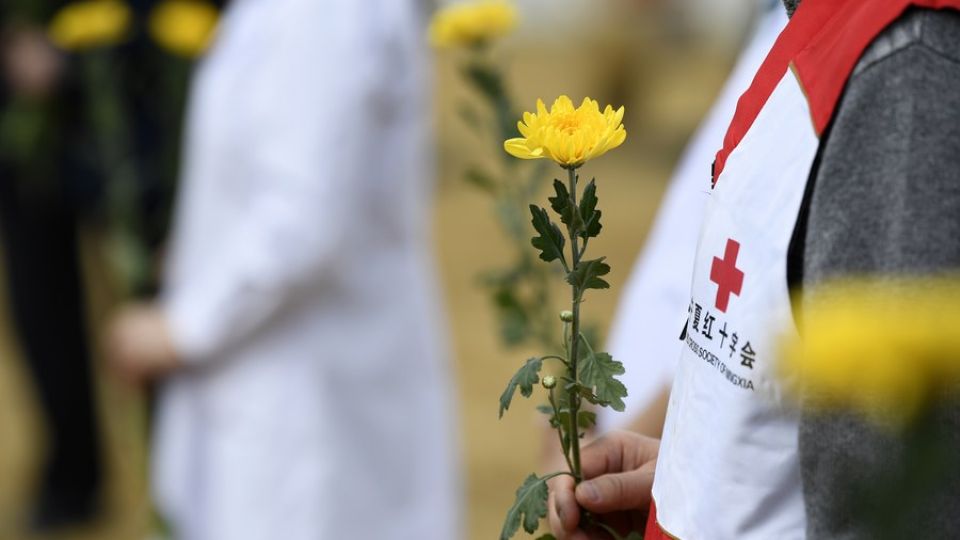June 15, 2022
BEIJING – More effort needed to raise awareness as registered donors reach almost 4.5m
China continues to gain momentum in encouraging voluntary organ donations as the number of donated organs has risen in recent years, officials and a new report said.
The shortage of donated organs is still a prominent issue in the country, and more efforts should be devoted to spreading awareness, improving the legal framework and maintaining a tough crackdown on organ trade, the officials said.
China began building a voluntary organ donation system in 2010 and made voluntary donation the only legitimate source of transplantable organs in 2015.
“The number of people who are registered to be donors has reached nearly 4.5 million,” said Guo Yanhong, an official at the National Health Commission’s Bureau of Medical Administration. The number stood at about 1.2 million in March 2019.
Guo added that from 2010 to May 2020, more than 43,000 people donated their organs after their death, resulting in transplants of about 116,000 individual organs.
The growing trend has continued over the past three years despite the COVID-19 pandemic, she said during an event held by the China Organ Transplantation Development Foundation in Wuhan, capital of Hubei province, on Saturday.
“From January to May of this year, about 2,280 people donated organs after death, an increase of over 11 percent from the same period of last year,” she said. “Organ donations had also risen in 18 provincial-level regions year-on-year.”
Huang Jiefu, director of the China National Organ Donation and Transplantation Committee, said during the event, “The number of people who made posthumous donations and the number of transplants in China are both the second highest in the world.”
But supplies of transportable organs are still far from meeting demand, and there is vast room to improve awareness about voluntary organ donations in the country, the experts said.
Ye Qifa, chief of the liver and gallbladder diseases research institute at Zhongnan Hospital of Wuhan University in Hubei province, said that on average, 30 potential recipients are on waiting lists for an organ at any time.
A report released by the transplant foundation on Saturday said the number of donors per million people had increased from 2.01 in 2015 to 3.7 in 2020.
Spain, a world leader in organ donation, registered about 47 donors per million people.
In the meantime, there were about 180 hospitals certified to perform organ transplants in 2020, while there are more than 300 in the United States.
Transplant surgeons have seen the overall survival rate of organ recipients in China to have improved in recent years, but it still lags behind other countries.
For instance, the three-year survival rate of people receiving double lung transplants stands at 54.1 percent, but it has reached over 70 percent in the United States.
Chen Jingyu, vice-president of Wuxi People’s Hospital in Jiangsu province and a lung transplant expert, said that the longer periods that donors spend on ventilators and the greater age of recipients could contribute to the relatively lower survival rate.
Huang, the committee director, called for strengthened efforts to promote awareness about voluntary organ donations among the public, accelerating revision of the country’s organ transplant regulations released in 2007, and cracking down on the trade of organs.


